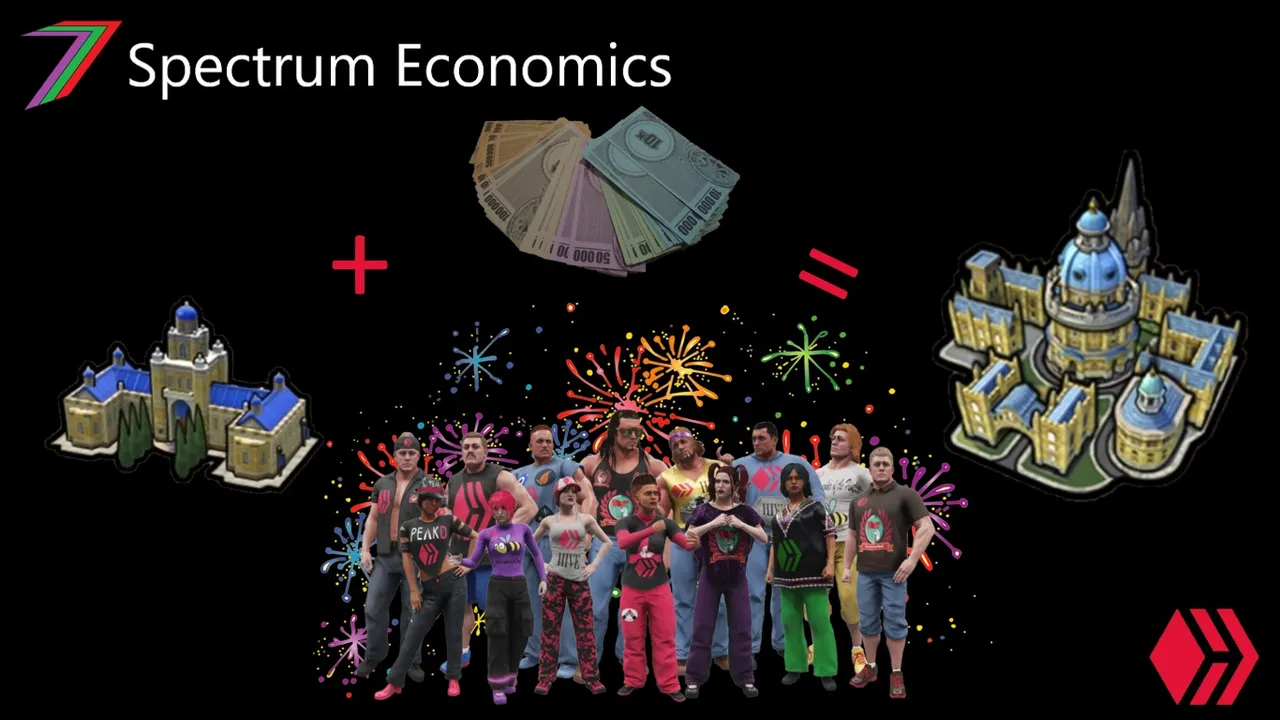Hi Everyone,
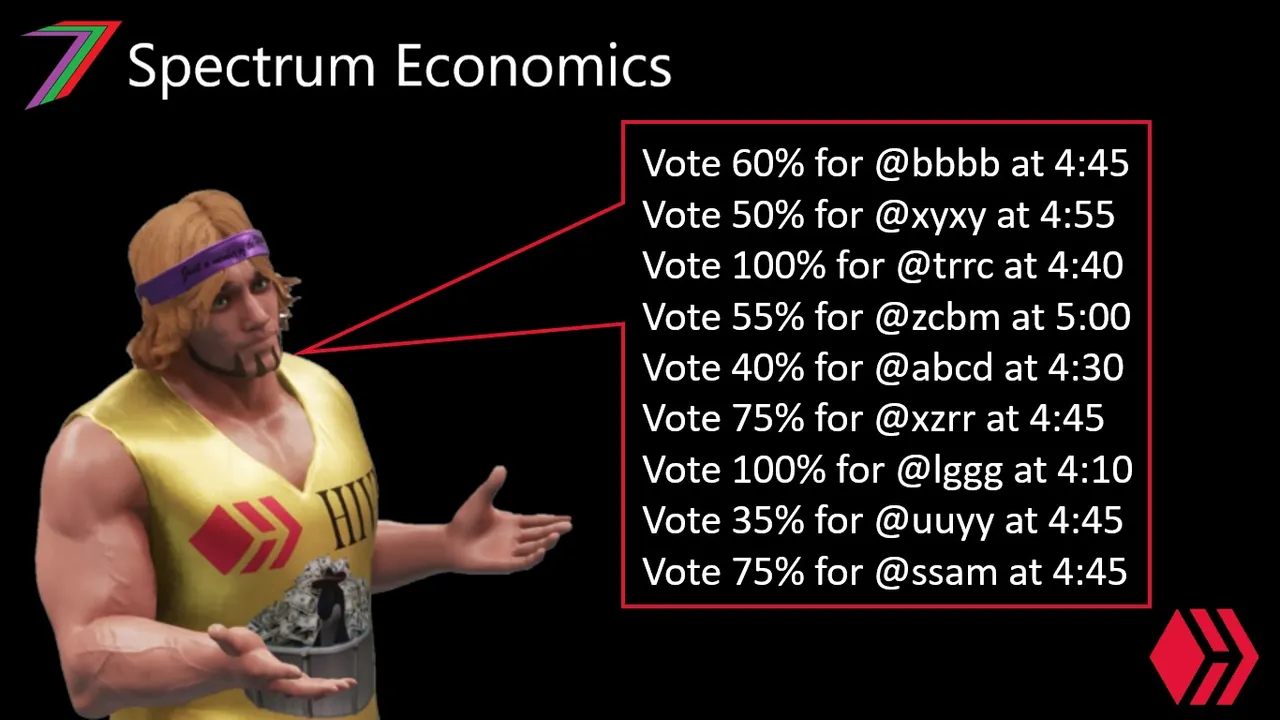
Automating actions on the Blockchain could be considered a double-edged sword. It can be good as it is both convenient and efficient. It can be bad as it can be used to extract the same or higher rewards than active participation.
For the Hive Blockchain, automated curation has replaced a significant portion of manual curation. In my post 'Review of the Economic Improvement Proposal (EIP)', I discussed the effectiveness of the EIP. Increased automated curation was one of the negative consequences from the implementation of the EIP.
Any changes or actions published to the blockchain can be met with an automated response. The blockchain is transparent. Transparency enables all actions to be observed and information can be extracted. Automated actions can be timed to maximise rewards and will be more efficient than a manual response. However, manual activity requires effort. People are less likely to perform actions manually if automating these actions reaps equivalent or higher rewards.
Automation occurs when it is beneficial to the people using the automation, e.g. saves time and effort. However, if the manual effort being avoided could have produced broader benefits (i.e. positive externalities), automation becomes a problem. In regards, to Hive, manual curation of content may produce several broader benefits to the Hive ecosystem. These benefits include:
- Improved content discovery.
- Fairer distribution of rewards (i.e. based on content rather than the popularity of the author).
- Greater exposure for popular posts.
- Improved retention of new content creators.
- Improved community engagement in posts.
- Induced investment based on greater activity.
- Higher revenue from advertising on DApps.
- Improved overall growth of the Hive ecosystem.
How can we avoid the problems of automation?
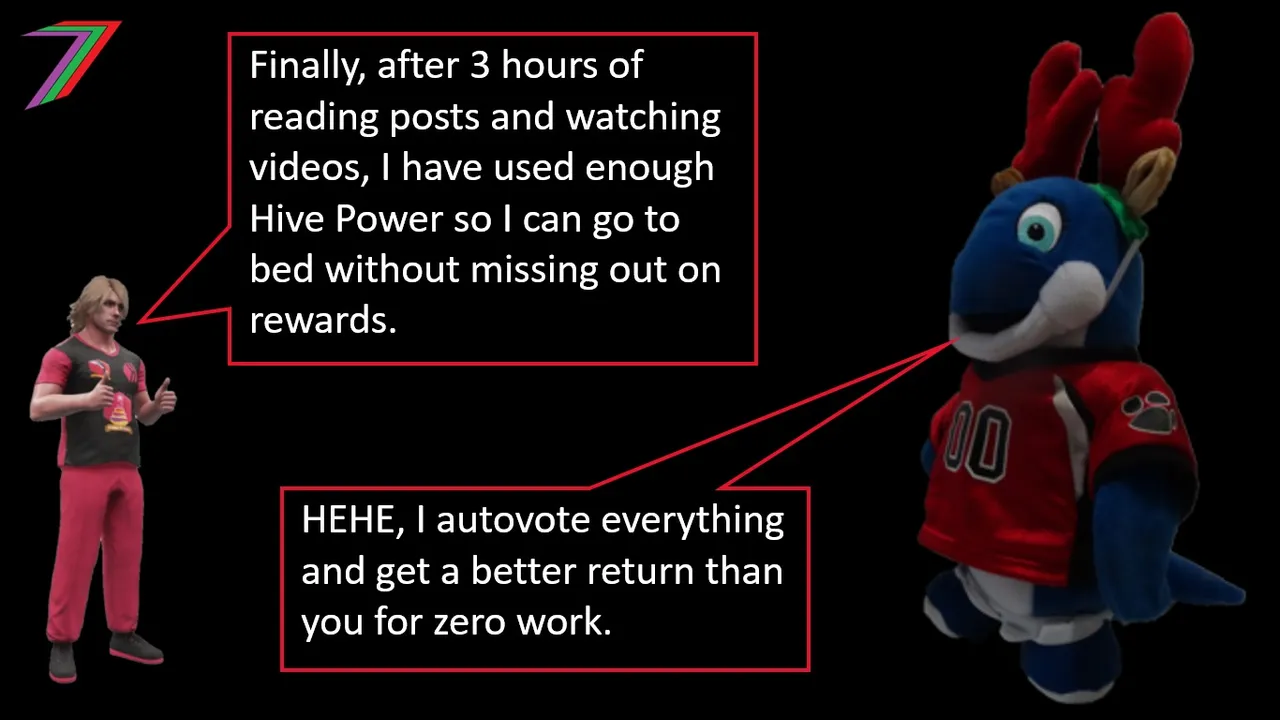
In this post, I discuss three possible approaches that could reduce the negative aspects of automation. The first approach involves direct human action. The other two approaches focus on reducing the predictability of outcomes from actions (i.e. typically rewards). One of these approaches discusses the use of algorithms to create dependency on subsequent actions. The other approach focuses on temporarily removing visibility of actions through delays to publishing to the blockchain or encryption.
Human action
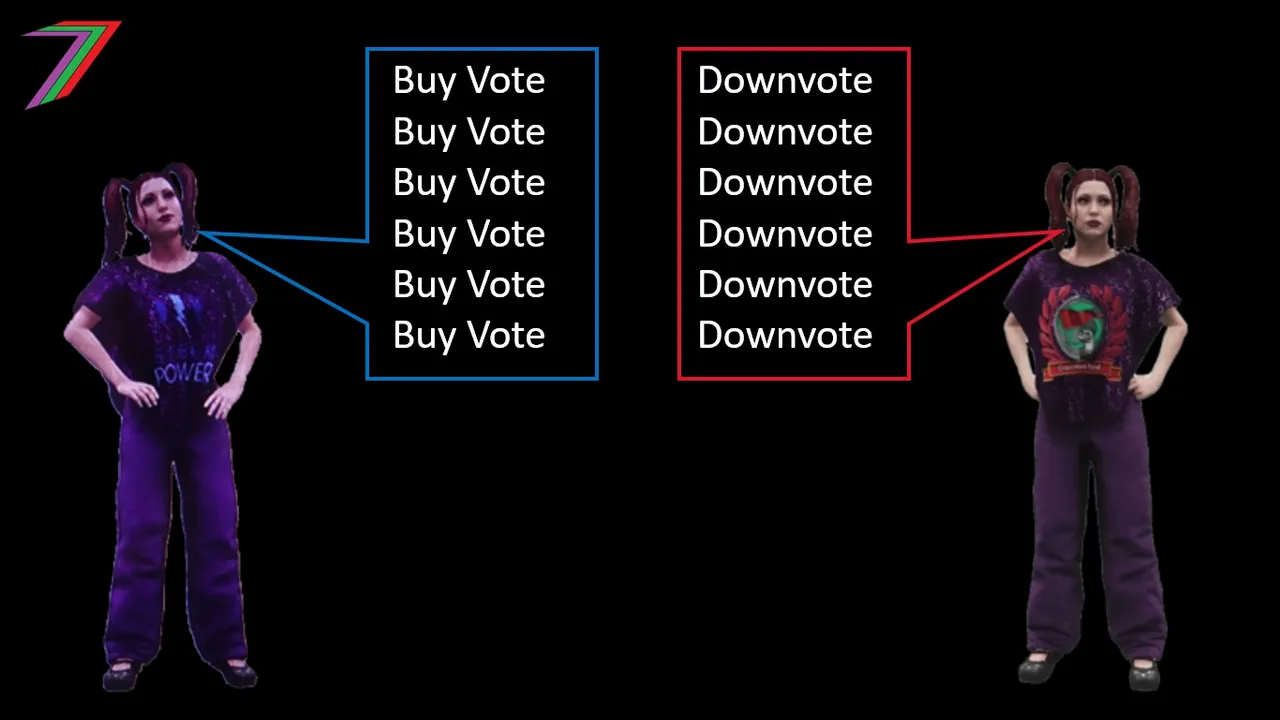
Human action could come in many different forms. A good example of human action is when the community started downvoting posts with bought votes. The downvoting rendered buying votes unprofitable. Therefore, people stopped buying votes. This resulted in less stake being allocated to vote selling and more stake available for curation.
The downvoting occurred because of three key reasons. Firstly, the EIP separated upvotes and downvotes into 2 separate pools. This resulted in no penalties to the downvoter for approximately 2 ½ full downvotes a day. Secondly, the community was strongly motivated to downvoting posts with bought votes. This motivation came from the prolonged period where posts with bought votes dominated the trending page and consumed much of the rewards pool. Thirdly, posts upvoted with paid votes were easy to identify. The bots that upvoted them had become well known and their votes were easy to recognise.
Unpredictable Outcomes
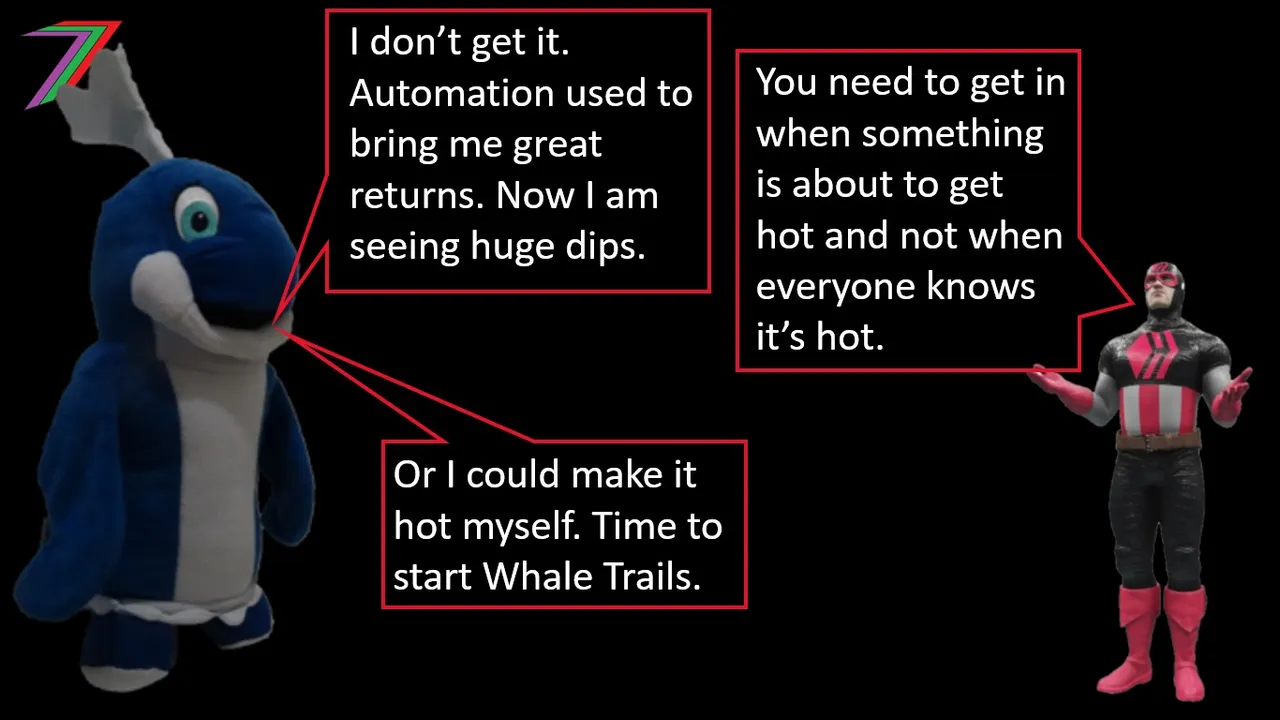
Automation works best when the outcome can be easily predicted or is consistent. Algorithms programmed into the blockchain typically provide consistency and predictability. For example, the curation algorithm rewards curators who vote early on a post. This reward becomes bigger if the post receives a high payout. Therefore, voting can be automated so that posts of popular authors are upvoted before manual curators are able to reach the new post. Manual curators could upvote the popular author’s post and receive a lower percentage of the curation rewards or upvote less popular posts hoping that other people will upvote them later. Both options are likely to result in manual curation earning lower rewards than automated voting.
Algorithms that produce unpredictable results
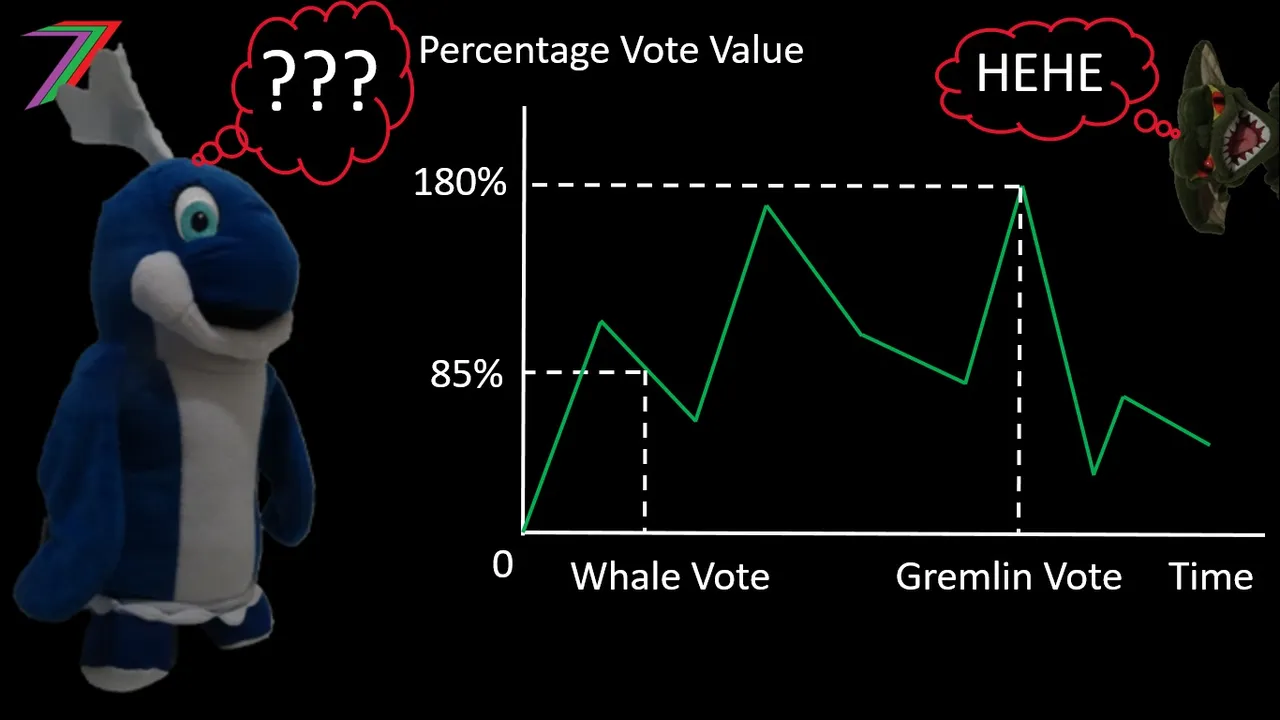
Could the blockchain produce difficult to predict outcomes while maintaining transparency? The blockchain uses algorithms. Algorithms use parameters and variables to produce an outcome. Parameters are fixed in code, therefore will always be consistent. Variables depend on user actions. Users can voluntarily act in a manner unfavourable to automation. This was the case with the downvoting of posts with bought votes. Automated actions cannot always be easily prevented with intentional human actions. The algorithms can help play a role. Algorithms can create unpredictability through the use of variables that can cause some sort of trigger in the algorithm (i.e. a spike and not a consistent smooth relationship). This trigger needs to occur after an action so that the outcome cannot be easily predicted. For example, the winning number of a lottery is selected after all tickets are sold. If the winning number was known before the tickets were sold, the first person who bought a ticket would always win the lottery, as they would buy the winning number.
Let us compare an algorithm with a smooth response with an algorithm that generates a fluctuating response. See Figure 1 below.
Figure 1: Predictable vs. Unpredictable Response
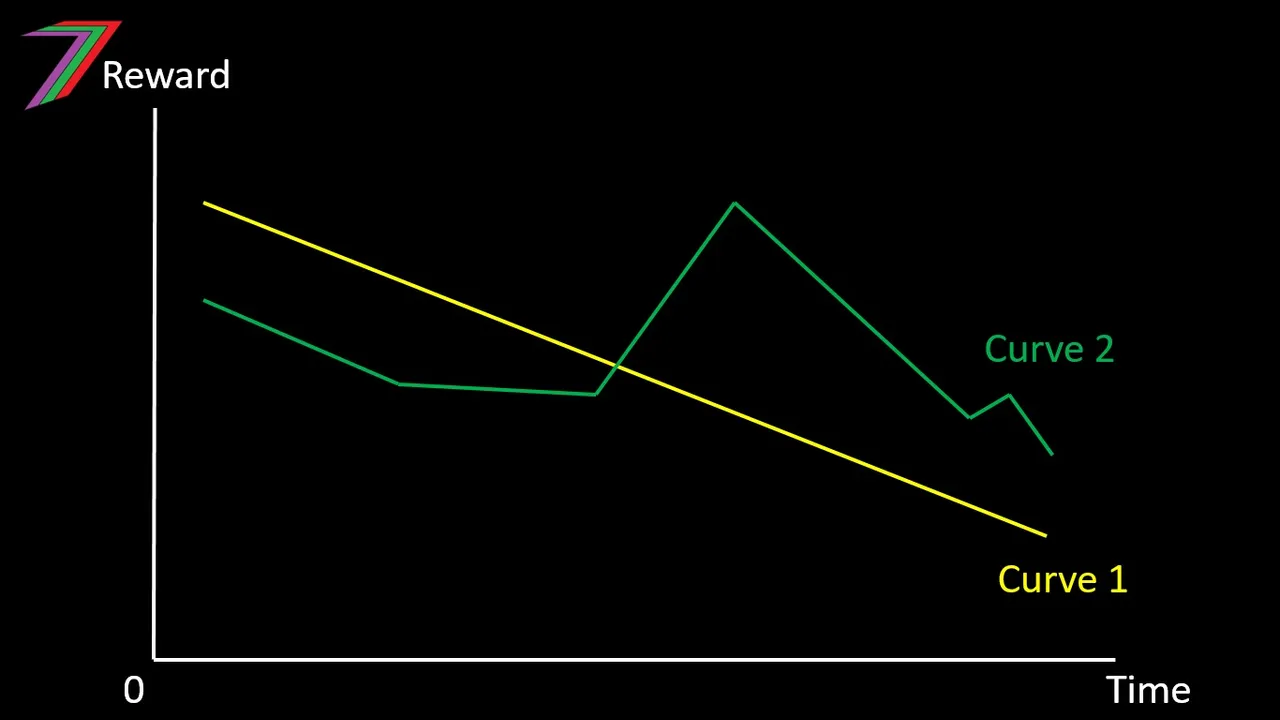
Figure 1 contains two curves displaying rewards across the voting period. Curve 1 is consistent and therefore predictable. Rewards gradually fall over the voting period. The curve may shift up or down depending on people’s actions but always remains the same shape. Curve 1 is likely to consist of just one algorithm. Curve 2 is inconsistent and therefore unpredictable. Rewards are subject to spikes based on the timing of different people’s actions (e.g. vote and value of vote). The spikes earlier in the curve need to be caused be actions that occur later. Therefore, when the action takes place, the spike has yet to occur. Curve 2 is likely to consist of several algorithms.
Applying unpredictability to Hive Curation Rewards
The Hive curation rewards distribution curve more closely resembles Curve 1. Therefore, it is easy to estimate the optimal time to vote. The optimal time will always be before other people vote. Automation can ensure voting is always at that optimal time. Therefore, automated voting will yield higher rewards than manual curation. If the Hive curation rewards distribution curve more closely resembled Curve 2, it will be impossible for automated voting to select the optimal time to cast a vote as the value of the reward could vary significantly (i.e. not just a slight shift) depending on when and how many people vote after the automated vote. Below is a simple algorithm that could be applied to each vote. If this algorithm was applied, curation rewards would be difficult to predict at the time of voting. The curation rewards are dependent on the value of votes cast within a particular timeframe after the user's vote has been cast.
Adjusted Curation Reward
= ((%PR + VvAVx)/(%PR) × CRLVx)/∑((%PR + VvBVi)/(%PR) × CRLVi) × TCR
Where:
%PR = Percentage of Post Reward
VvBVx = Value of votes cast y minutes after vote
CRLVx = Linear curation reward prior to adjustment
VvBVi = Value of votes cast y minutes after voter i
CRLVi = Linear curation reward prior to adjustment for voter i
TCR = Total curation reward for post (i.e. 50% of post value)
Figures 3 and 4 contain an example of how the above formula could be applied. The example uses 12 votes cast in under 90 minutes and adjusts curation rewards based on votes cast within 30 minutes. Figure 3 contains information about the timing of votes, value of votes, linear curation rewards that are 50% of the vote, and the adjusted curation rewards based on the formula.
Figure 3: Adjusted Curation Rewards
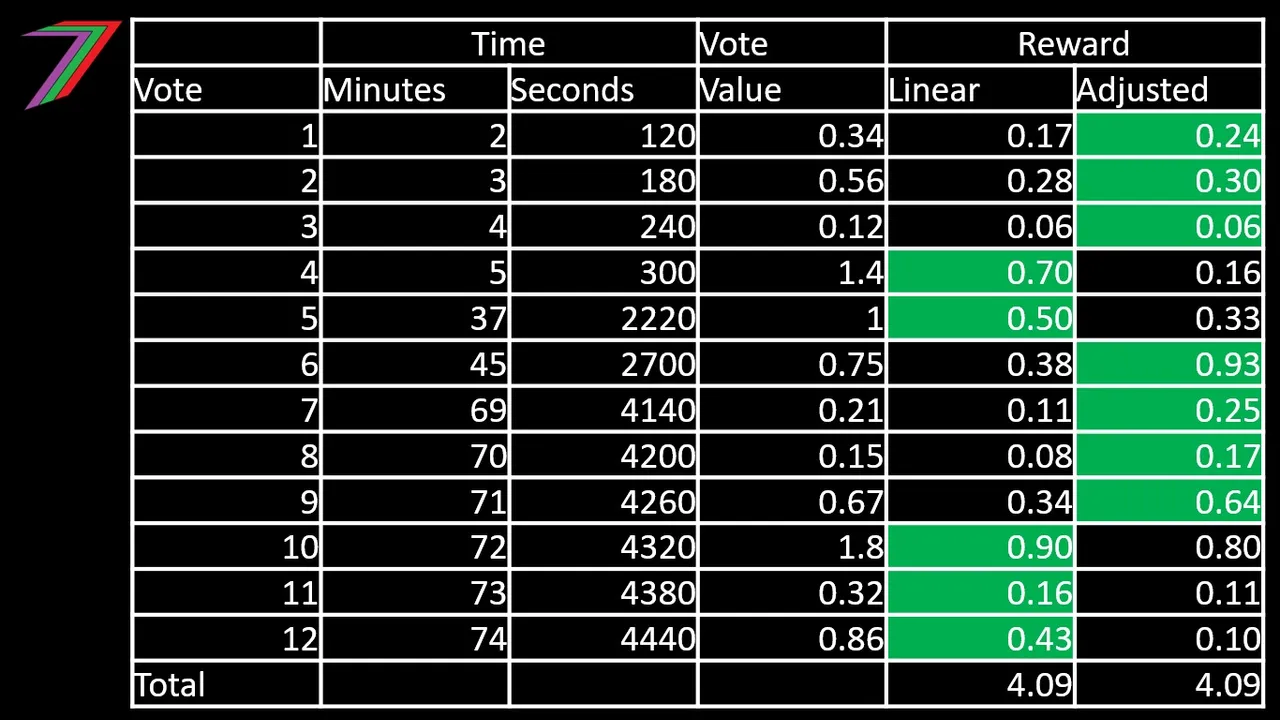
Note: Higher rewards are highlighted in green.
Figure 4 shows the percentage adjustment from the linear curation reward. Above 100% indicates that curation rewards have increased and below 100% indicates that curation rewards have fallen.
Figure 4: Adjusted Curation Rewards as percentage change
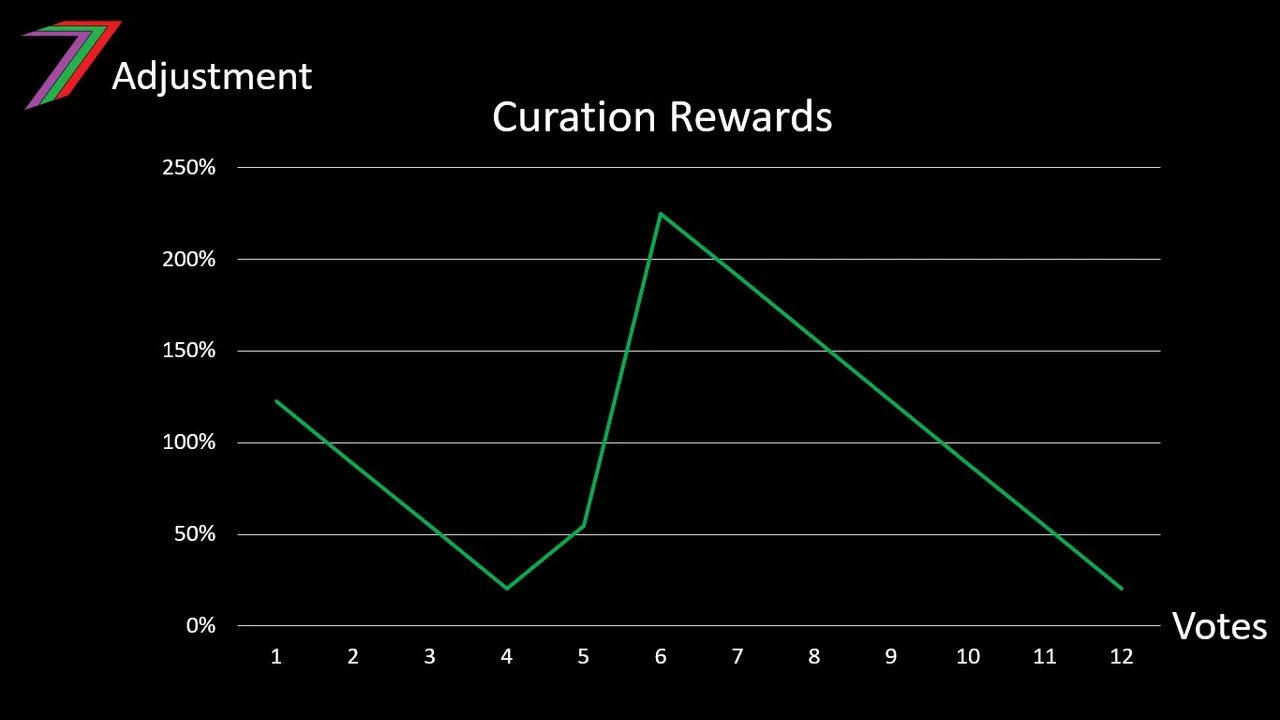
From the example in Figures 3 and 4, we can see that voting early may not reap the highest reward. The 6th vote experienced the highest percentage increase over linear rewards. The 4th and 12th votes experienced the highest percentage decrease. The type of formula described is likely to benefit curation trails the most; the leading votes of the trail would reap a higher reward.
A curation trail is typically based on manual curation of the first vote and the votes of the followers of the trail are automated based on the leader of the trail's voting preferences.
Delaying visibility on the blockchain
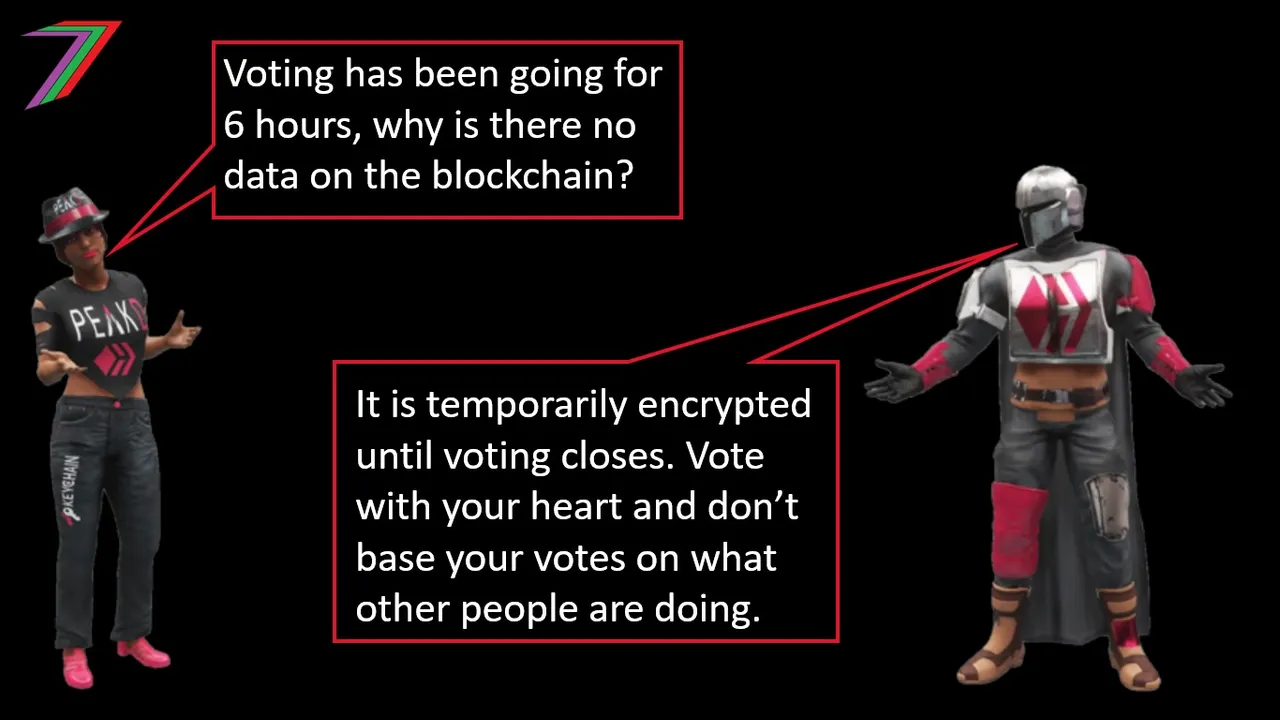
Hiding information is another approach to reducing the predictability of outcomes. Information could temporarily be encrypted to hide visibility or the application could delay publishing the information to the blockchain. Hiding information could be effective at reducing automation of actions that are dependent or affected by other actions occurring beforehand. For example, a non-linear reward system that produces higher rewards based on greater consensus. A person could automate their votes to follow the higher consensus option. If the results of voting were withheld until voting is closed, automated voting would not be able to be used gain higher rewards.
I generally do not agree with withholding information from the blockchain but it could be necessary under certain circumstances. For example, if a blockchain were used for recording votes for an election. I describe using the blockchain for election purposes in my post Blockchain Government – Part 1: Breaking Down the Existing System.
Conclusion
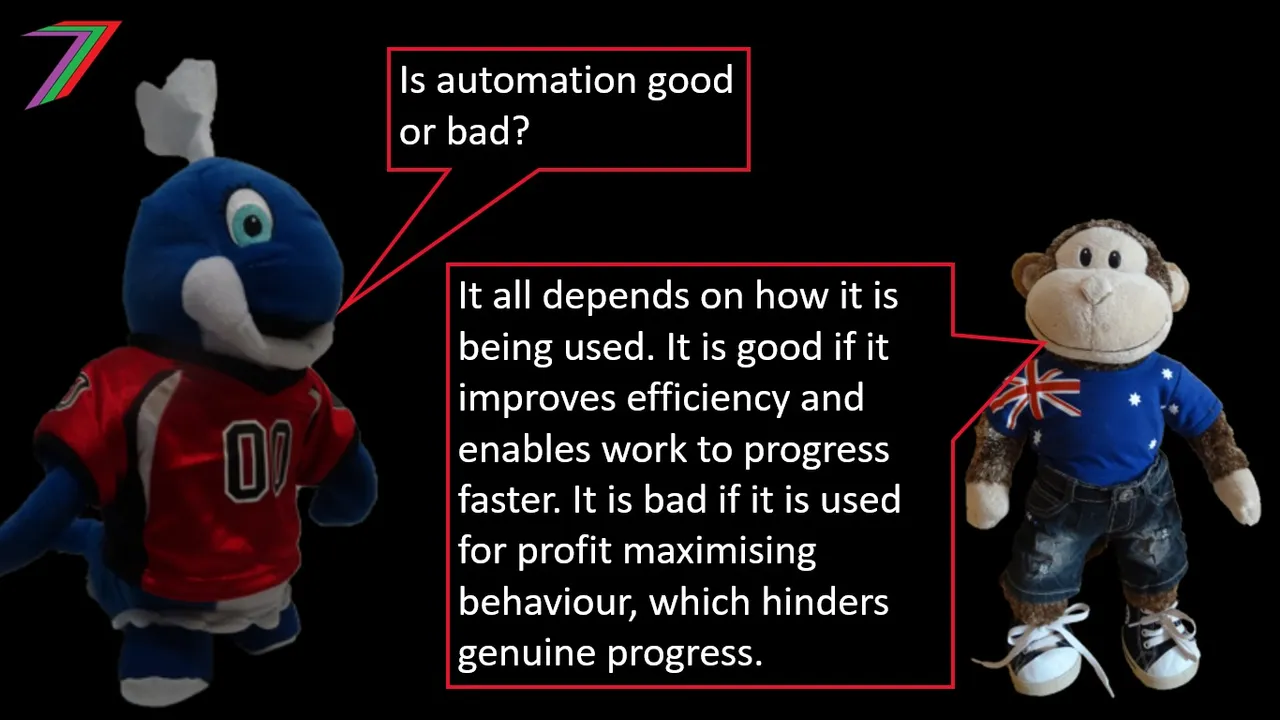
Automation of actions is incredibly useful. It can greatly improve efficiency, which will become essential if blockchain technology becomes widely adopted. However, automation has a downside when it reduces manual actions that add value. Curation of content on the Hive Blockchain is a good example of when manual actions provide greater value to the ecosystem than automation. When automation becomes a hindrance, it needs to be discouraged. Automation can be discouraged when people decide to act against the automated actions. This was the case when the Hive community downvoted content that was heavily promoted by bot votes. The downvoting was made possible by the EIP, which reduced the disincentive to downvote.
Automation occurs because of the transparency of the blockchain and availability of information. Transparency is an essential feature of the blockchain and should not be removed just to prevent opportunistic reward seeking behaviour. Instead, the reward system could be changed to become more difficult to predict. This could be achieved by increasing the dependency of rewards from actions on the subsequent or following actions of others. The impact of these subsequent actions will make automation less successful as these actions are unknown at the time automation would be required. Another possible approach could involve delaying the publishing of particular actions.
More posts

If you want to read any of my other posts, you can click on the links below. These links will lead you to posts containing my collection of works. These 'Collection of Works' posts have been updated to contain links to the Hive versions of my posts.
My New CBA Udemy Course
The course contains over 10 hours of video, over 60 downloadable resources, over 40 multiple-choice questions, 2 sample case studies, 1 practice CBA, life time access and a certificate on completion. The course is priced at the Tier 1 price of £20. I believe it is frequently available at half-price.
Future of Social Media






